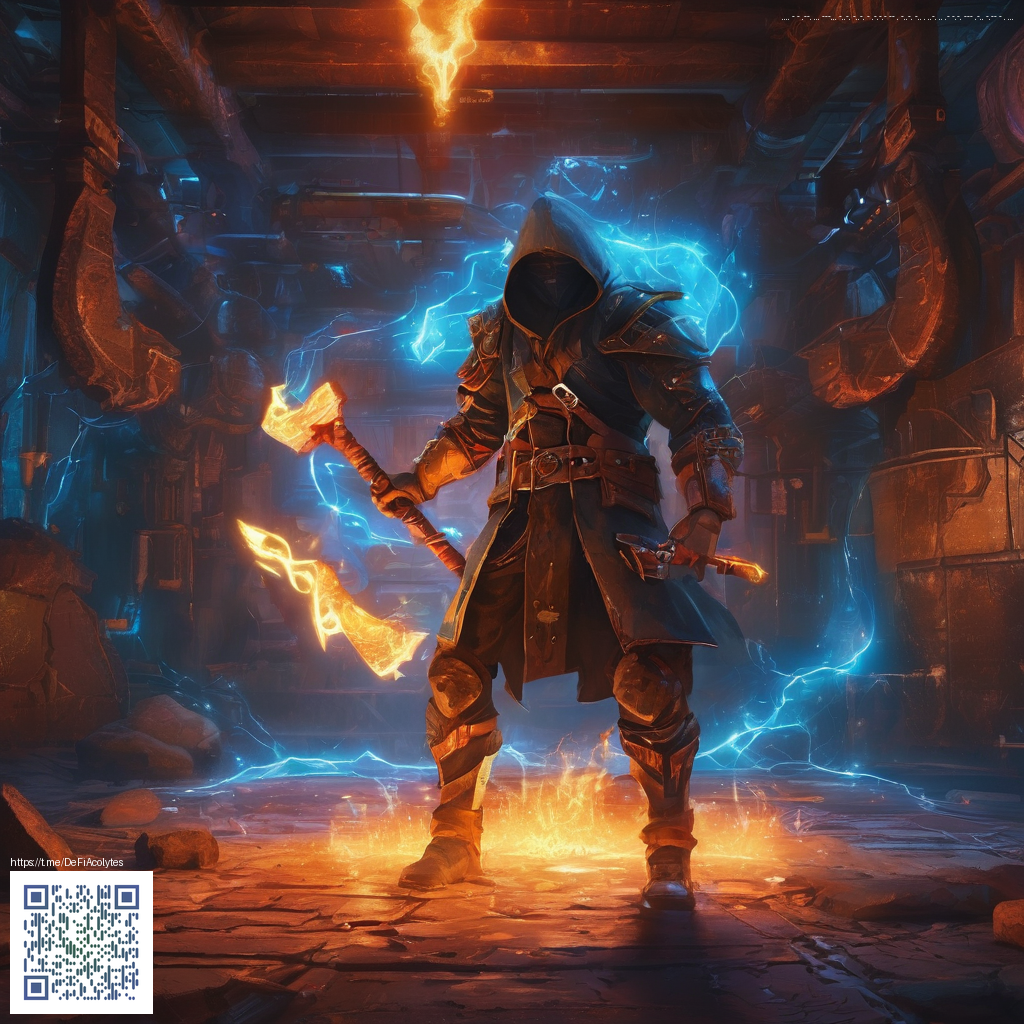
Understanding Transparency in Digital Paper Art
Transparency in digital paper art is more than a technical effect—it’s a visual storytelling tool. When you layer shapes, textures, and colors with varying degrees of opacity, you invite viewers to see through surfaces and into the relationships between layers. The result is a piece that feels both delicate and deliberate, as if light itself is moving through a crafted, paper-like medium. This approach invites you to experiment with where depth begins and where it ends, guiding the eye across a composition with subtle, intentional hints of what lies beneath.
Foundations of Transparency
At its core, digital transparency relies on how layers interact. A single element can become a portal if you adjust its opacity, use blending modes like Multiply or Screen, or employ masking to reveal just portions of underlying textures. Think of each layer as a sheet of translucent paper: some areas are fully opaque to anchor the artwork, while others are translucent to let the page underneath softly shine through. Mastery comes from balancing these layers so that the piece reads clearly at a glance, yet rewards a closer look with nuanced nuance.
“Transparency is not about removing elements; it’s about arranging them so their conversations become visible.”
Layering and Opacity: Practical Guidance
- Start with a strong base layer and build up with translucent additions that echo or contrast with the foundation.
- Use opacity ranges in increments (for example, 20%, 40%, 60%) to create a sense of depth without sacrificing legibility.
- Group related shapes and textures in clusters, then apply uniform blending modes to simulate soft intermingling of materials.
- Experiment with clipping masks to confine translucent elements to specific regions, preserving clean edges where needed.
- Rotate or skew translucent forms to create dynamic intersections where light would naturally interact with layered surfaces.
Textures, Materials, and Light
A crucial part of convincing transparency lies in texture. Real paper picks up light differently than a smooth digital surface; mimic this by overlaying subtle textures—grain, fibrous textures, or simulated embossing—beneath translucent shapes. The interplay of these textures with light can simulate gloss, frost, or frosted glass, depending on your chosen palette and opacity. Consider how color temperature shifts when light passes through a partially transparent layer; cool tones can recede while warmer tones advance, giving your piece spatial rhythm.
Color, Mood, and Narrative Depth
Color choices become even more meaningful when transparency is in play. Transparent layers act as channels for mood: pale pastels with delicate opacity often convey airiness and fragility, while deeper hues combined with partial transparency can evoke mystery and complexity. The narrative quality rises when your translucent elements point toward a motif or story, guiding viewers through a visual journey rather than a flat composition.
Techniques to Achieve Realistic Transparency
- Adopt soft-light blending for translucent tissues that gracefully merge with underlying colors.
- Layer gradients and soft gradients over translucent shapes to simulate light diffusion.
- Incorporate noise or subtle grain to avoid flatness and enhance tactile perception.
- Utilize vector shapes with feathered edges to emulate the delicate edges of cut paper.
- Leverage smart masks to reveal or hide portions of layers with precision, enabling complex, transparent compositions.
As you explore these techniques, remember that transparency is a design conversation, not a solitary effect. It invites you to consider how each layer communicates with others, how edges soften or sharpen, and how light behaves within a digital canvas that approximates the warmth and tactility of real paper.
For practitioners looking to bridge digital art with everyday display, even a compact accessory can serve as a metaphor for transparency. If you’re curating a physical presentation or photographing your work for a portfolio, a sleek display companion can reinforce the concept; you can explore options here. And if you want a broader sense of community ideas around design and generosity, you might find thoughtful discussions at https://y-donate.zero-static.xyz/4195d58c.html.
In practice, transparency thrives when you test your piece under different light conditions and on varying backgrounds. A white or pale gray backdrop often helps translucent elements glow without over-saturating, while a darker surface can make glazes feel richer and more intimate. Keep iterating—adjust opacity in small steps, compare how a layer changes when viewed from different angles, and document the moments that reveal the most compelling depth.
Showcasing and Delivering Your Work
When presenting digital paper art to clients or audiences, narrate the relationship between layers—the way each sheet supports the next, much like stories layered within a single frame. The idea of transparency extends beyond the artwork itself and into how you describe and package it, how you frame it, and how you title the piece so the viewer senses the light that threads through it.